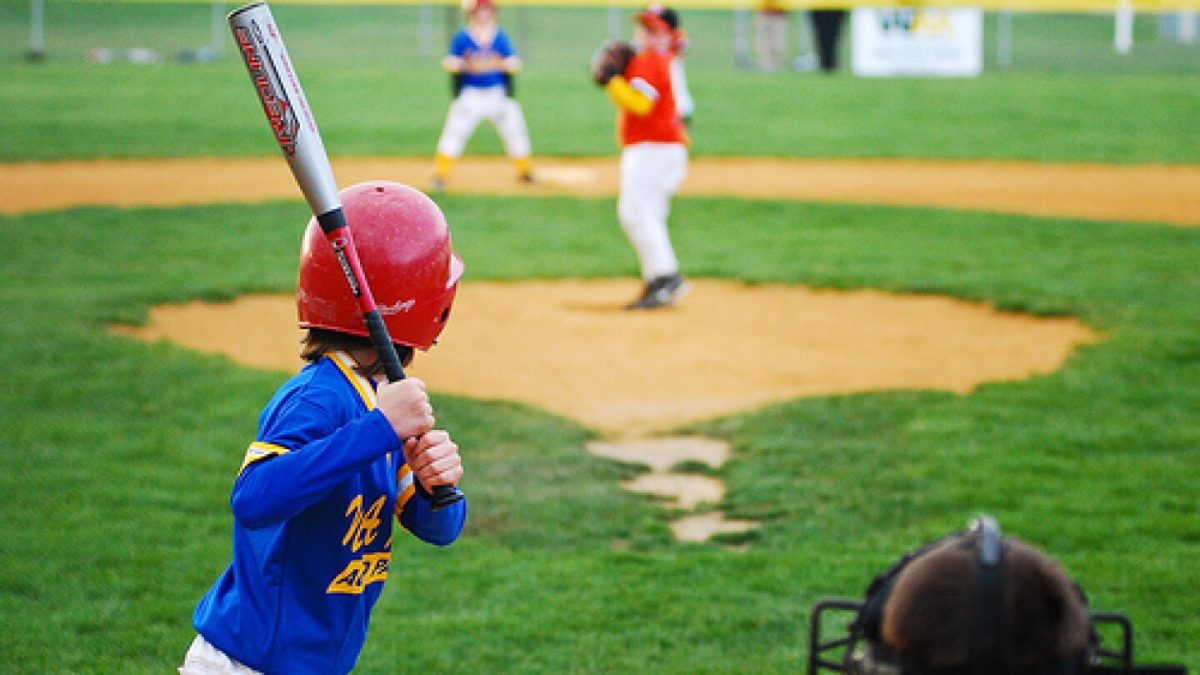Baseball
The game of baseball is a beautiful marriage of athleticism and skill. When a batter swings the bat, they initiate a transfer of energy from their body to the bat, which in turn transfers the energy to the ball upon contact. The angle, velocity, and spin of the swing affect the trajectory of the ball, influencing whether it becomes a home run or a flyout. On the other hand , pitchers change the motion of their throws by adjusting their grip to impart different types of spins on the ball, resulting in curveballs, fastballs, or change-ups.
Soccer
In soccer, players harness physics to execute precise kicks and passes. When a player kicks the ball, they exert force, determining its velocity and direction. Passing requires a deep understanding of angles and velocities to reach teammates accurately. Moreover, players must consider reaction time and positioning, while goalkeepers utilize their bodies and hands to anticipate and block shots, relying on the laws of motion to predict the ball’s trajectory and intercept it effectively.
Football
Football showcases the application of physics in strategic maneuvers and powerful plays. Quarterbacks calculate the optimal angle and force required to launch the ball towards their receivers, considering factors like air resistance and gravitational pull. Receivers, in turn, utilize their understanding of momentum and acceleration to create separation from defenders and secure catches. Defenders leverage principles of inertia and momentum to execute tackles, timing their movements to disrupt the opposing team’s advances and gain possession of the ball.
Basketball
Basketball is a sport where your skill every dribble, shot, and defensive maneuver. Shooting demands a good understanding of projectile motion, with players calculating the arc and spin necessary to sink the ball through the net. Dribbling relies on manipulating the ball’s bounce and speed to evade defenders, while defensive tactics such as blocking and stealing hinge on timing and anticipation of the opponent’s actions.
Hockey
In hockey, players glide across the ice, executing precise movements and powerful shots through the application of physics. Skating involves balancing forces to achieve efficient propulsion, while shooting requires players to calculate the angle and force needed to propel the puck past the goaltender. Passing demands precise timing and accuracy, as players predict the puck’s trajectory to connect with their teammates. Additionally, physicality in hockey, such as body checks, adheres to the laws of collision dynamics, with players leveraging momentum and force to gain possession of the puck.
In conclusion, the intricate interplay between physics and sports is nothing short of remarkable. Whether it’s the precise calculations behind a quarterback’s throw, the elegant arc of a basketball shot, or the strategic positioning in soccer, athletes rely on scientific principles to excel in their respective sports. By understanding these principles, fans can deepen their appreciation for the athleticism displayed on the field or court and gain insight into the fascinating world of physics in sports. So, the next time you watch a game, take a moment to marvel at the physics behind every play, driving the excitement and excellence we all love about sports.



























